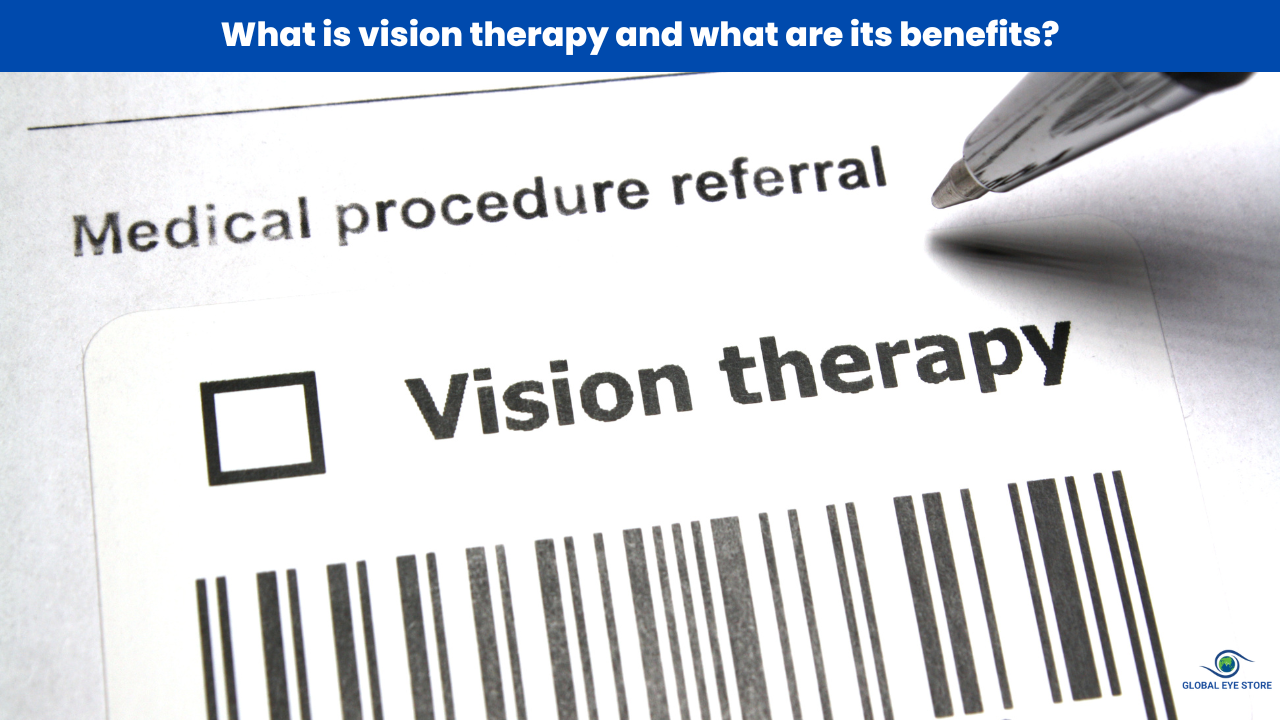Harnessing Sunlight for Myopia Control Safeguarding Your Eyesight
In the realm of eye health, recent studies unveil the pivotal role that natural sunlight plays in curbing the progression of myopia, particularly in children. Understanding how sunlight influences ocular well-being is crucial for anyone seeking to maintain optimal vision. This comprehensive article explores the multifaceted relationship between sunlight exposure and myopia control, offering in-depth insights into safeguarding your eyes and vision.
Unraveling the Mechanism of Dopamine and Vitamin D
Scientific exploration has illuminated the intricate mechanism through which sunlight impacts myopia. Sunlight exposure stimulates the release of dopamine in the eye, a neurotransmitter that plays a pivotal role in regulating ocular growth. This natural release acts as a safeguard, preventing the elongation of the eye—a common factor in myopia progression. Moreover, sunlight exposure triggers the release of vitamin D, an essential component for sustaining overall Eye health.
Striking a balance embracing sunlight without compromising safety.
While basking in the sun brings forth myopia-controlling benefits, achieving a delicate balance is imperative. Prolonged exposure to sunlight, particularly its harmful UV rays, poses potential risks to eye health. UV rays can inflict damage on the cornea, lens, and retina, leading to debilitating conditions such as cataracts, macular degeneration, and even eye cancer.
Shielding Your Eyes Practical Measures
To safeguard your eyes from the sun's harmful rays, consider adopting practical measures. Invest in sunglasses equipped with UV protection, and complement this with a wide-brimmed hat for added coverage. Additionally, experts recommend limiting outdoor activities under direct sunlight to the morning hours, mitigating the risk of prolonged exposure.
Nayancart's Commitment to balancing Sunlight and Eye Protection
At Nayancart, we recognize the delicate equilibrium between harnessing sunlight for myopia control and protecting your eyes from potential harm. Our team of optometrists stands ready to offer personalized guidance on striking the right balance and suggesting effective remedies. By understanding your unique needs and lifestyle, we ensure you receive tailored recommendations for maintaining healthy vision.
Integrating Sunlight into Daily Life A Holistic Approach
Beyond protection, seamlessly integrating sunlight into your daily routine can contribute to comprehensive eye health. Take a stroll outdoors during lunch breaks or in the morning and evening to regulate your body's circadian rhythm, enhancing the overall well-being of your eyes.
While sunlight exposure is beneficial, it shouldn't stand alone as the sole myopia control measure. Options like orthokeratology or atropine eye drops play vital roles in comprehensive myopia management. Embracing a holistic lifestyle that encompasses regular sunlight exposure enhances the efficacy of these measures, offering the best chance at myopia control.
The Crucial Role of Regular Eye Checkups

In the pursuit of myopia control, regular eye checkups emerge as an indispensable tool. Monitoring the progression of myopia and determining a tailored course of action requires the expertise of optometrists. Our team at Nayancart encourages you to schedule regular appointments, allowing us to assess your eyes and provide personalized recommendations aligned with your unique needs.
Exploring the Myopia Epidemic A Global Perspective
Understanding the prevalence of myopia on a global scale sheds light on the urgency of proactive measures. The World Health Organization estimates that nearly 2.6 billion people will be affected by myopia by 2050. This staggering number underscores the importance of disseminating information on effective myopia control strategies, with sunlight exposure emerging as a promising avenue.
Regional Disparities Myopia Incidence Across Continents
Examining myopia incidence reveals intriguing regional disparities. East Asia, particularly countries like China and Japan, has witnessed a significant surge in myopia cases, often attributed to a combination of genetic predisposition, educational practices, and lifestyle factors. However, myopia is not confined to this region, as other parts of the world, including Europe and North America, also grapple with rising myopia rates.
The Evolution of Myopia Control Techniques
As we delve into myopia control, it's essential to trace the evolution of techniques employed over the years. Traditional methods, such as corrective lenses, have paved the way for more advanced approaches, including orthokeratology and atropine eye drops. Understanding these developments equips individuals with the knowledge to make informed decisions regarding their Eye health.
Corrective Lenses A Time-Honored Solution
Corrective lenses, commonly known as glasses or contact lenses, have long been a staple in addressing myopia. While providing immediate vision improvement, they do not alter the underlying causes of myopia. Despite their effectiveness, many individuals seek alternative solutions that address the root of the issue.
Orthokeratology Reshaping the Future of Myopia Control
Orthokeratology, often referred to as Ortho-K, represents a groundbreaking approach to myopia control. This non-surgical method involves the use of specially designed rigid contact lenses worn overnight. These lenses reshape the cornea, temporarily correcting the refractive error and offering clear vision during waking hours. The temporary nature of the correction makes Ortho-K a versatile and reversible option for myopia management.
Atropine Eye Drops Navigating the Myopic Landscape
Atropine, a naturally occurring alkaloid, has found its place in myopia control through the use of eye drops. Administered at low concentrations, Atropine eye drops have demonstrated efficacy in slowing down myopia progression. While the exact mechanism is not fully understood, it is believed that atropine affects the eye's growth and helps maintain its shape. Ongoing research aims to refine the concentration and application of atropine for optimal results.
Nurturing Healthy Vision A Holistic Lifestyle Approach
Incorporating myopia control measures into a holistic lifestyle enhances their effectiveness. Beyond specific interventions, adopting habits that promote overall eye health contributes to a comprehensive approach.
Balanced Nutrition Fueling Your Eyes
A well-balanced diet rich in essential nutrients is crucial for maintaining eye health. Nutrients like vitamins A, C, and E, as well as zinc and omega-3 fatty acids, play significant roles in supporting ocular functions. Including foods such as leafy greens, fish, nuts, and colorful fruits in your diet contributes to the well-being of your eyes.
Digital Eye Strain Awareness Navigating the Screens
In the digital age, prolonged screen time has become ubiquitous. Whether for work, education, or leisure, staring at screens for extended periods can contribute to digital eye strain. Implementing the 20-20-20 rule—taking a 20-second break to look at something 20 feet away every 20 minutes—helps alleviate eye strain and promotes healthier vision.
The Psychological Impact of Myopia Beyond Physical Health
While much emphasis is placed on the physical aspects of myopia, it's essential to acknowledge the psychological impact it can have on individuals. Addressing the emotional well-being of those affected by myopia is an integral part of comprehensive care.
Myopia and Self-Image Navigating Emotional Terrain
Individuals with myopia may experience challenges related to self-image, especially during formative years. The use of corrective lenses







.jpg)
.jpg)
